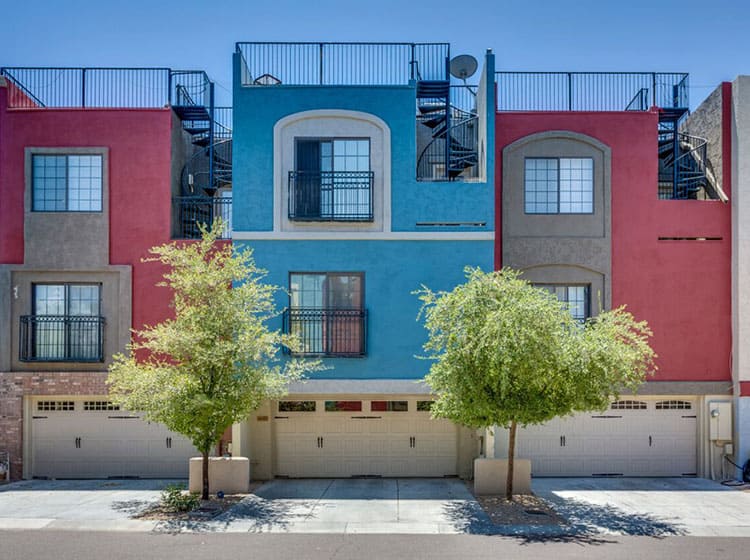Changing Confined Areas: Shade Application Strategies To Evoke A Feeling Of Openness
Changing Confined Areas: Shade Application Strategies To Evoke A Feeling Of Openness
Blog Article
Content Author-
In the world of interior decoration, the art of making best use of tiny rooms via tactical paint techniques supplies a profound chance to change confined locations right into visually expansive sanctuaries. interior painting companies portland of light shade palettes and smart use of optical illusions can work marvels in developing the illusion of room where there appears to be none. By employing these strategies deliberately, one can craft a setting that resists its physical boundaries, welcoming a feeling of airiness and openness that belies its real measurements.
Light Shade Option
Picking light shades for your paint can dramatically boost the illusion of area within your art work. Light colors such as soft pastels, whites, and light grays have the ability to show more light, making a room feel even more open and airy. These shades create a sense of expansiveness, making wall surfaces show up to decline and ceilings appear higher.
By utilizing light shades on both wall surfaces and ceilings, you can blur the borders of the area, providing the impression of a larger location.
Moreover, light shades have the power to bounce all-natural and fabricated light around the room, lightening up dark edges and casting less shadows. This effect not only contributes to the general sizable feeling yet additionally creates a much more inviting and vibrant atmosphere.
When selecting light shades, think about the undertones to make sure harmony with other elements in the area. By strategically including light colors right into your paint, you can transform a confined space into a visually bigger and a lot more welcoming atmosphere.
Strategic Trim Paint
When aiming to create the impression of area in your paint, calculated trim paint plays an essential function in defining borders and improving deepness understanding. By purposefully choosing the shades and coatings for trim job, you can properly manipulate just how light engages with the space, eventually affecting exactly how big or little a space really feels.
To make a room appear larger, take into consideration painting the trim a lighter color than the wall surfaces. This contrast creates a sense of depth, making the walls recede and the space feel more extensive.
On the other hand, repainting the trim the same shade as the walls can create a smooth look that obscures the sides, offering the impression of a constant surface area and making the borders of the room much less specified.
Additionally, using a high-gloss finish on trim can show much more light, further enhancing the perception of space. Alternatively, a matte surface can take in light, creating a cozier environment.
Thoroughly taking into consideration these details when repainting trim can dramatically impact the general feeling and viewed size of a space.
Visual Fallacy Techniques
Using optical illusion methods in painting can effectively change assumptions of depth and room within an offered environment. One usual technique is using slopes, where shades transition from light to dark tones. By using a lighter shade at the top of a wall surface and progressively darkening it in the direction of all-time low, the ceiling can show up higher, developing a feeling of upright space. Alternatively, repainting the flooring a darker color than the wall surfaces can make it appear like the room extends even more than it really does.
One more optical illusion technique includes the critical placement of patterns. Straight stripes, as an example, can visually broaden a slim room, while vertical stripes can elongate a space. Geometric patterns or murals with point of view can likewise fool the eye into viewing more depth.
Additionally, incorporating reflective surface areas like mirrors or metallic paints can bounce light around the area, making it really feel more open and large. By masterfully using these visual fallacy techniques, painters can transform tiny rooms into aesthetically large locations.
https://poststar.com/news/local/crime-and-courts/man-sentenced-for-painting-slurs-on-mobile-home/article_b590df0a-5022-11ed-93d7-337a2ce77280.html
To conclude, tactical painting strategies can be utilized to take full advantage of tiny spaces and create the illusion of a larger and a lot more open location.
By choosing light shades for wall surfaces and ceilings, utilizing lighter trim colors, and including optical illusion techniques, assumptions of depth and size can be controlled to transform a small area into an aesthetically bigger and more inviting setting.
